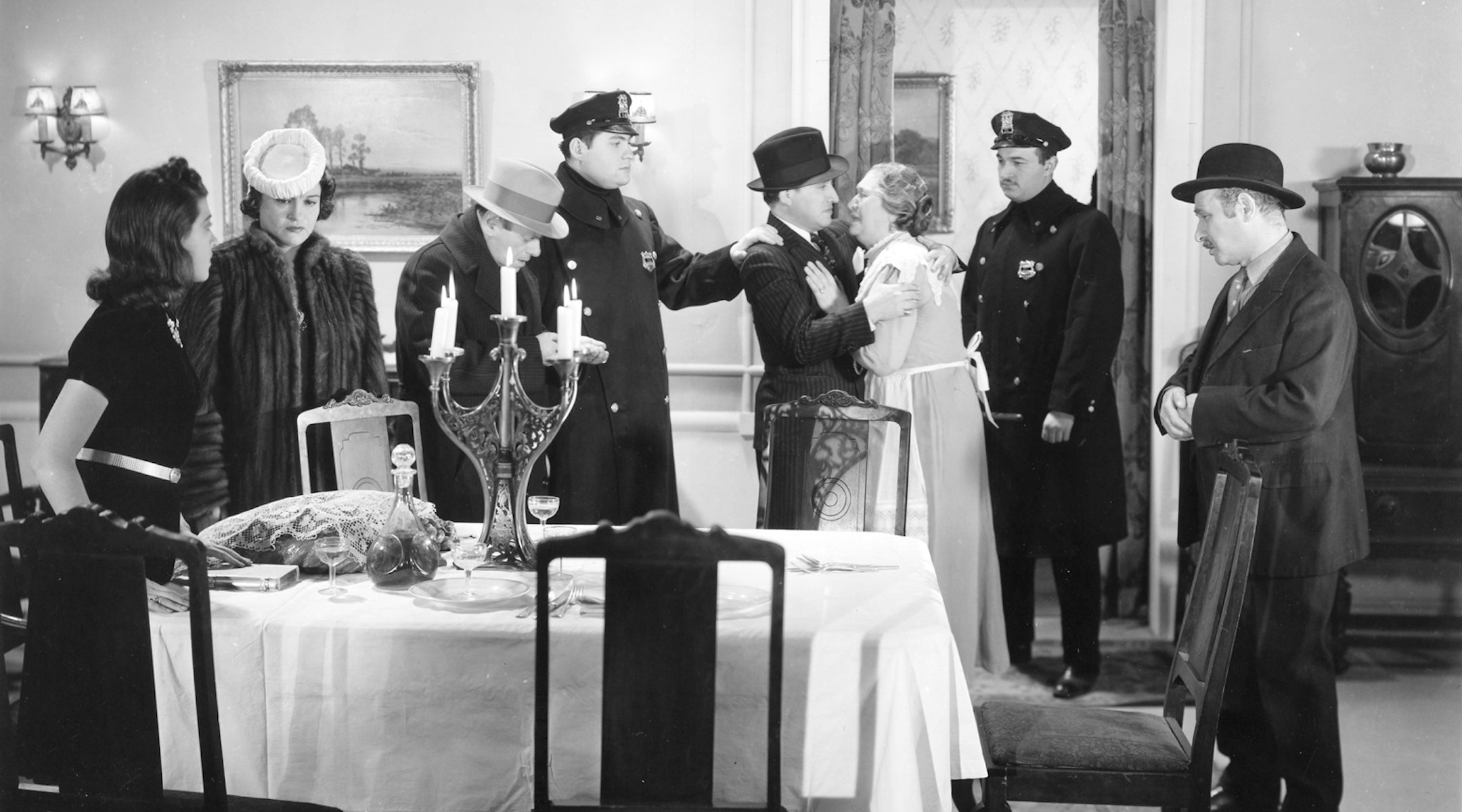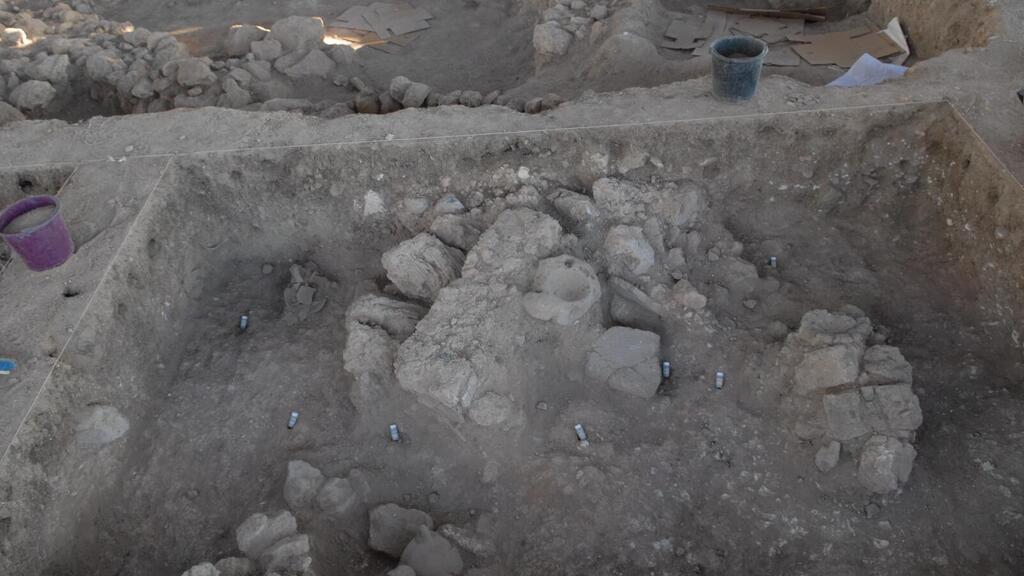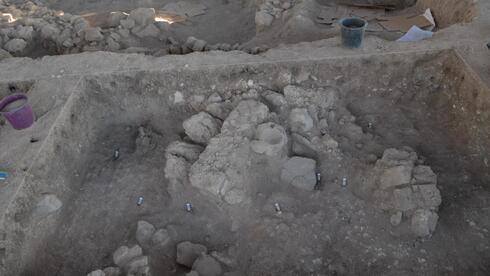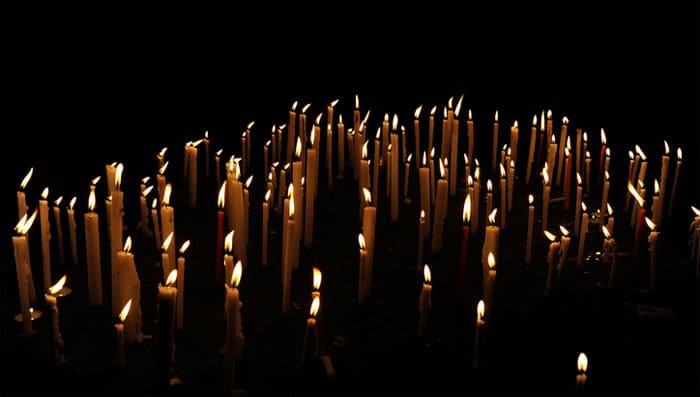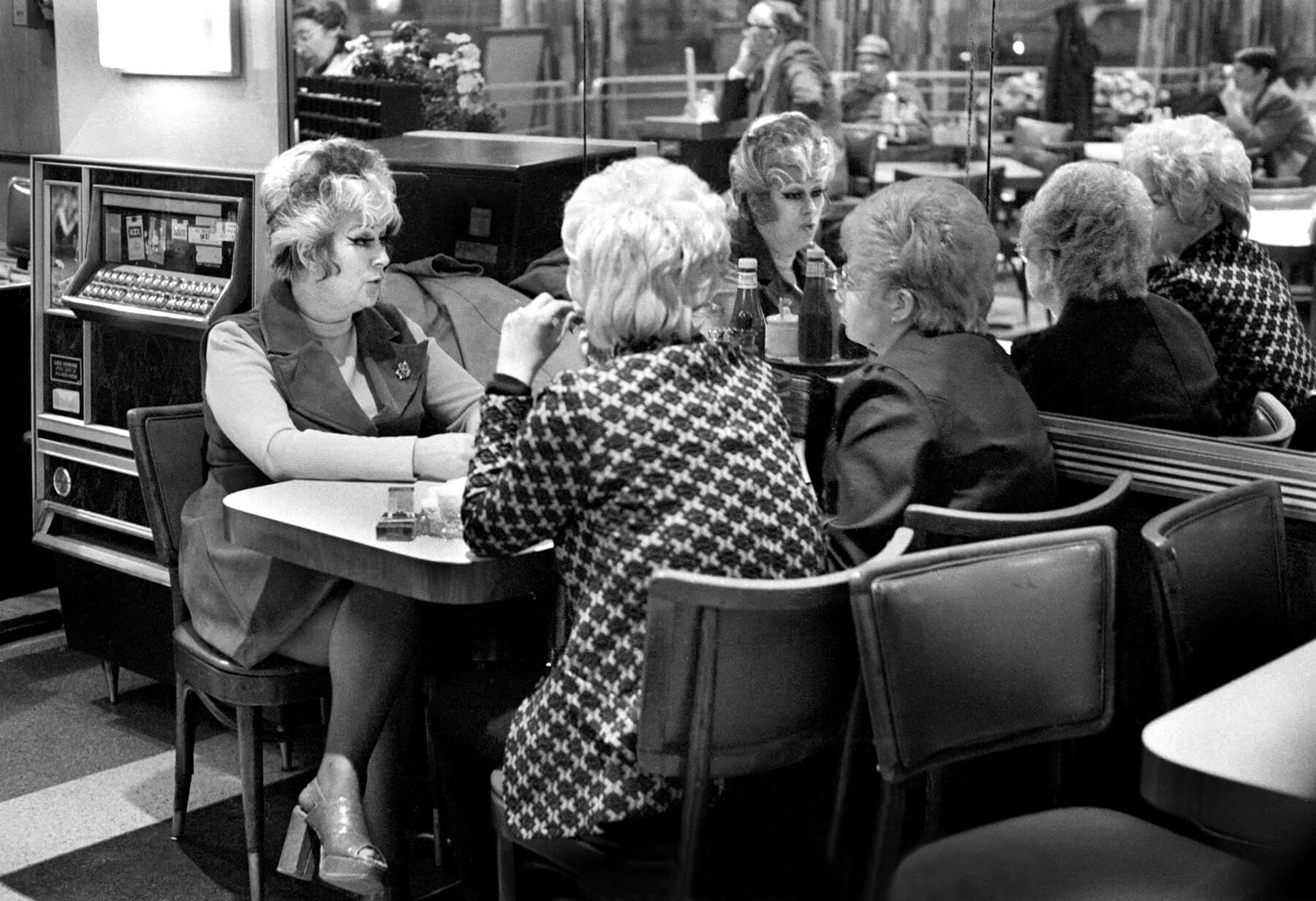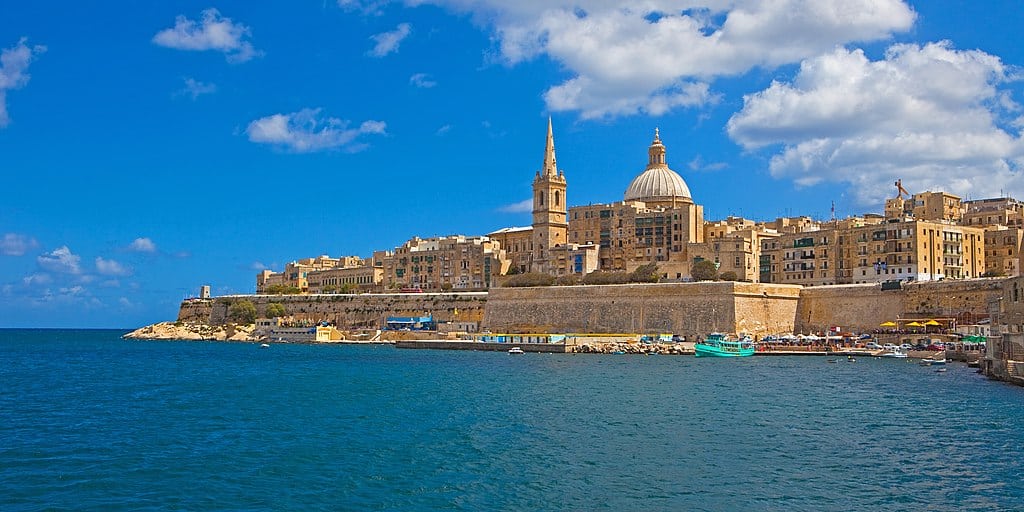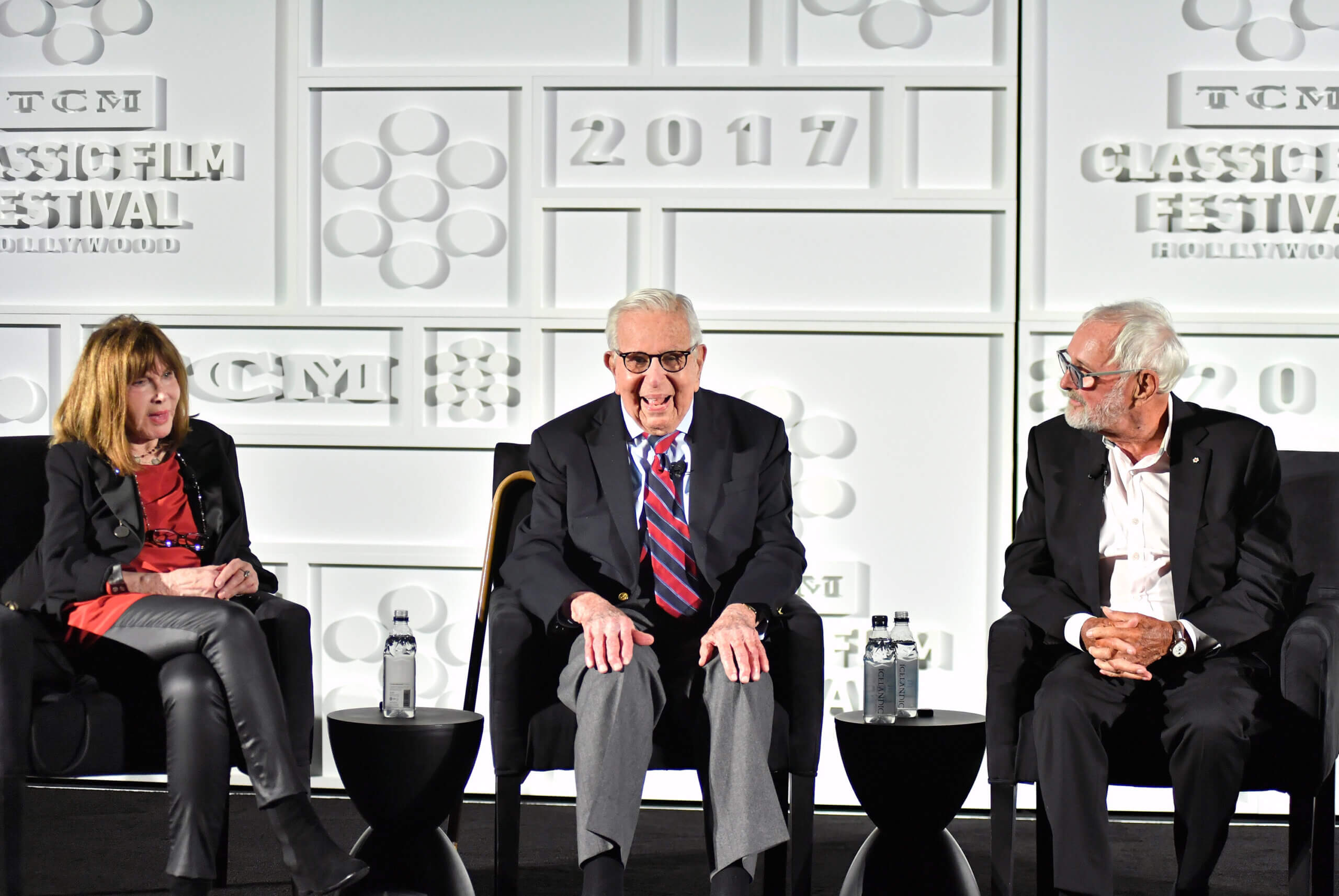Sixties Fan
Diamond Member
- Mar 6, 2017
- 68,079
- 12,260
- 2,290
- Thread starter
- #661
The history of the Ukrainian Jewish community goes back over 1,000 years. Located in the Pale of Settlement, a territory at the western edge of the Russian empire where Jews were forced to live beginning in the late 18th century, the country was once home to over 1 million Jews and was among the largest Jewish communities in Europe on the eve of the Holocaust. The country has played a significant role in Ashkenazi Jewish history as the birthplace of the Hasidic movement and a major locus of Yiddish culture prior to the Holocaust. The Baal Shem Tov (the founder of Hasidism), Yiddish playwright Sholem Aleichem, Marxist theorist Leon Trotsky, Soviet dissident Natan Sharansky, and Israeli prime ministers Levi Eshkol and Golda Meir were all born in Ukraine. And for centuries Jews thrived there, despite repeated episodes of antisemitic violence that culminated in the Holocaust, which saw an estimated 1.5 million killed in that region alone and many more displaced.
Early History
The Jewish presence in Ukraine can be firmly dated to as early as the ninth century, but there’s reason to think it may go back even farther. The Khazars, a Turkic people who established a trading empire in southern Ukraine in the sixth century, are believed to have converted to Judaism in the eighth century, but the extent of this is unclear.
The Jewish presence in Kyiv can be firmly established by the 10th century. Sources in the Cairo Geniza note a Jewish presence in the city as early as 930. By the 12th century, historical documents mention a “Gate of the Jews” in the city and a well-known talmudist, Moses of Kiev. At various points, the Jewish community was prosperous, active in trade and in the arenda system, in which large rented estates were used for agricultural purposes. In a pattern not unfamiliar in Jewish history, economic success made Jews ready targets for violent antisemitism.
Jews flourished in Ukraine in the early modern period, becoming one of the country’s most significant ethnic minorities. Among the most prominent Jews of this time were the Brodsky brothers, Lazar and Lev, who grew wealthy in the sugar industry and helped finance a Jewish hospital, synagogue and trade school in the 19th century. Much of the Jewish population was clustered in the major cities, but many also lived in innumerable shtetls, tiny villages that dotted the countryside. Antisemitic violence was commonplace. The Jewish community of Kyiv suffered from multiple expulsions — in the late 15th century and again in the 17th. In both cases, the community was able to reestablish itself. In 1648, tens of thousands of Ukrainian Jews were massacred and hundreds of Jewish communities destroyed by Cossack bands led by Bogdan Chmielnicki, a tragedy that helped lay the groundwork for the embrace of the false messiah Shabbetai Zevi.
It would not be the last time the Jews of Ukraine were targeted for mass murder. In 1768, thousands of Jews were killed in Uman, a Ukrainian town that would later become synonymous with the Breslov Hasidic movement, whose founder, Rebbe Nachman of Breslov, is buried there. The 1821 pogrom against the Jews of Odessa is considered the first in the modern period. It was followed by similar attacks against Jews in the city in 1859, 1871, 1881 and 1905. In the wake of World War I, an estimated 50,000-100,000 Ukrainian Jews were killed in pogroms in the course of a few years.
Rise of Hasidism and Yiddish culture
It may be in part because of the widespread suffering among Ukrainian Jews that the country became fertile ground for spiritual, cultural and political innovation. Among the most significant and lasting of these developments was the Hasidic movement, whose founder, Rabbi Israel ben Eliezer — better known as the Baal Shem Tov (literally “master of the good name”) — was born in a small village in Ukraine around 1700, as were many of his disciples. The Baal Shem Tov established his court in Medzhybizh, in western Ukraine, where he is buried. The town was then a major Jewish center and many prominent Hasidic rabbis were born there, including Rebbe Nachman. From Medzhybizh, Hasidism spread to other Ukrainian towns, including Mezritch, Chernobyl, Belz and Uman — and from there to the rest of Eastern Europe.
(full article online)

 www.myjewishlearning.com
www.myjewishlearning.com
Early History
The Jewish presence in Ukraine can be firmly dated to as early as the ninth century, but there’s reason to think it may go back even farther. The Khazars, a Turkic people who established a trading empire in southern Ukraine in the sixth century, are believed to have converted to Judaism in the eighth century, but the extent of this is unclear.
The Jewish presence in Kyiv can be firmly established by the 10th century. Sources in the Cairo Geniza note a Jewish presence in the city as early as 930. By the 12th century, historical documents mention a “Gate of the Jews” in the city and a well-known talmudist, Moses of Kiev. At various points, the Jewish community was prosperous, active in trade and in the arenda system, in which large rented estates were used for agricultural purposes. In a pattern not unfamiliar in Jewish history, economic success made Jews ready targets for violent antisemitism.
Jews flourished in Ukraine in the early modern period, becoming one of the country’s most significant ethnic minorities. Among the most prominent Jews of this time were the Brodsky brothers, Lazar and Lev, who grew wealthy in the sugar industry and helped finance a Jewish hospital, synagogue and trade school in the 19th century. Much of the Jewish population was clustered in the major cities, but many also lived in innumerable shtetls, tiny villages that dotted the countryside. Antisemitic violence was commonplace. The Jewish community of Kyiv suffered from multiple expulsions — in the late 15th century and again in the 17th. In both cases, the community was able to reestablish itself. In 1648, tens of thousands of Ukrainian Jews were massacred and hundreds of Jewish communities destroyed by Cossack bands led by Bogdan Chmielnicki, a tragedy that helped lay the groundwork for the embrace of the false messiah Shabbetai Zevi.
It would not be the last time the Jews of Ukraine were targeted for mass murder. In 1768, thousands of Jews were killed in Uman, a Ukrainian town that would later become synonymous with the Breslov Hasidic movement, whose founder, Rebbe Nachman of Breslov, is buried there. The 1821 pogrom against the Jews of Odessa is considered the first in the modern period. It was followed by similar attacks against Jews in the city in 1859, 1871, 1881 and 1905. In the wake of World War I, an estimated 50,000-100,000 Ukrainian Jews were killed in pogroms in the course of a few years.
Rise of Hasidism and Yiddish culture
It may be in part because of the widespread suffering among Ukrainian Jews that the country became fertile ground for spiritual, cultural and political innovation. Among the most significant and lasting of these developments was the Hasidic movement, whose founder, Rabbi Israel ben Eliezer — better known as the Baal Shem Tov (literally “master of the good name”) — was born in a small village in Ukraine around 1700, as were many of his disciples. The Baal Shem Tov established his court in Medzhybizh, in western Ukraine, where he is buried. The town was then a major Jewish center and many prominent Hasidic rabbis were born there, including Rebbe Nachman. From Medzhybizh, Hasidism spread to other Ukrainian towns, including Mezritch, Chernobyl, Belz and Uman — and from there to the rest of Eastern Europe.
(full article online)

History of the Jews of Ukraine | My Jewish Learning
The history of the Ukrainian Jewish community goes back over 1,000 years. Located in the Pale of Settlement, a territory ...
